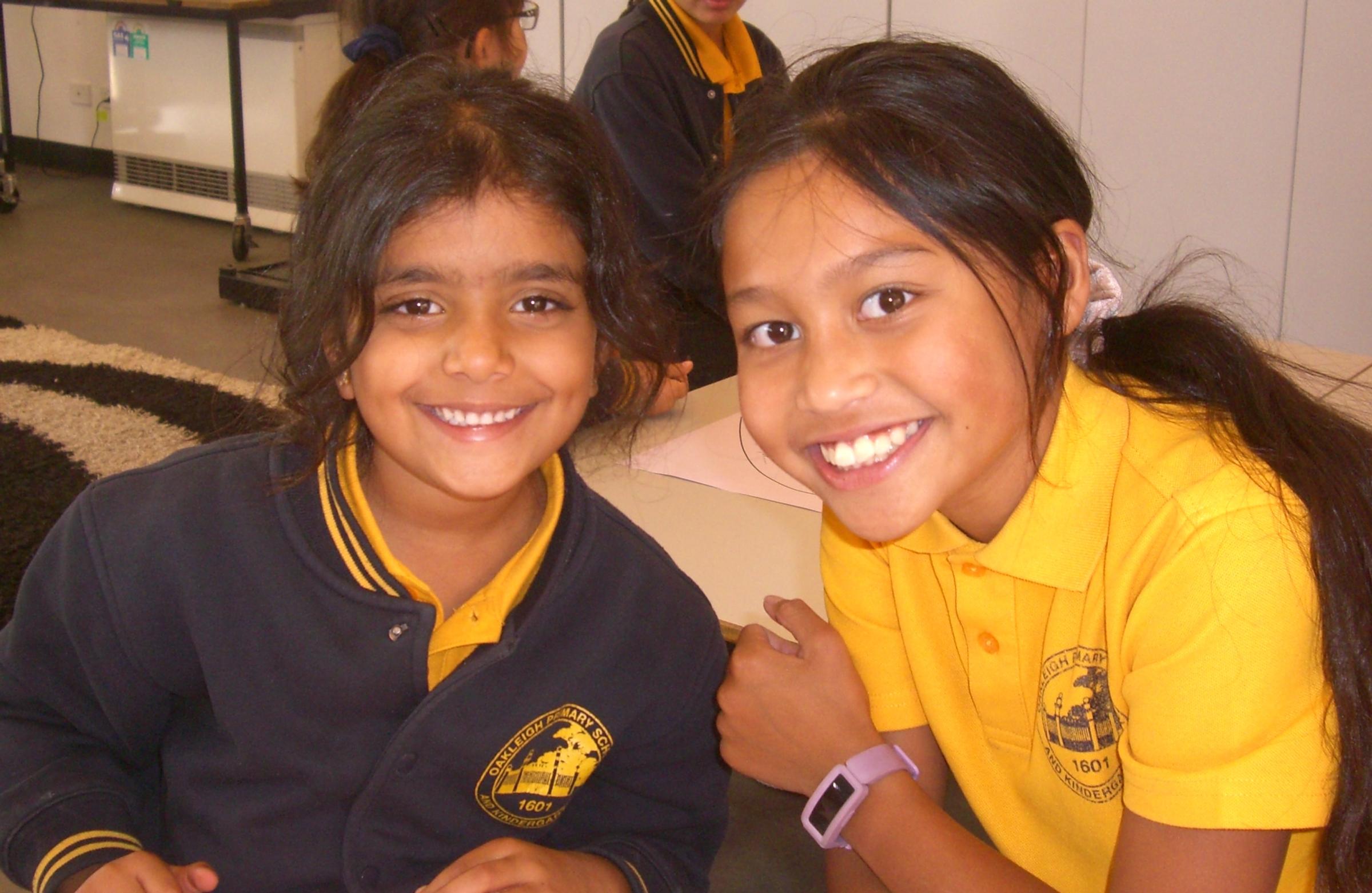From the AP

Transition and Change
I can’t believe that this is the second last Newsletter for the year now that we publish this particular communication once a month.
I know that once we hit the month of November we naturally all start thinking about the end of the year countdown and holidays. And for many students this means also thinking about their new grade in 2023, new teacher and maybe being in a class without some of their closest peers. These are all normal wonderings and for some may cause a degree of worry, as the year comes to a close.
We always hope to prepare our students for these changes as best we can through planning and implementing a variety of transition practices that we have in place whilst balancing the needs of students.
Yesterday and today our 2023 Foundation students had their first Orientation session which was exciting for all. They have another couple of sessions over the next two weeks. Our Year 6 students also have a Transition Day in mid-December for Government high schools, while some independent schools have already had their Orientation Day. Again, this is an exciting passage for our senior students as they continue their education journey. Over the next five weeks, they will have lots of opportunities to reflect on their seven years in primary school and their personal growth, culminating in their Graduation. In readiness for next year, our Yr 5 cohort are currently undertaking a Leadership preparation program to explore what it will mean to be a leader and role model as a Year 6 student.
Across the school, I know that various year levels usually plan for a variety of activities where they bring their cohort together to help connect them with peers outside of their own grade. More formal processes across the school include our ‘Up Afternoon’ in Week 9, where all students spend the afternoon with teachers from the year above. While not in their 2023 grades, this session provides students with an opportunity to be in their new spaces whilst hearing about what they can look forward to in the following year. This is a really important part of the transition process. Sometimes it is the not knowing what something is going to be like and the ‘story’ we tell ourselves that makes change sometimes appear scarier than it is and which then causes us worry. For some students a legitimate worry for them may be about the work getting harder as they move into the next level. Or will the teacher understand my needs. So, it is important that the message we are sending and showing them is that change can be good and it can be filled with positive experiences and positive challenges.
In the last full week of school (Week 11), students will find out their new grades and have a session with their 2023 class teacher. At this session teachers will also provide a profile of themselves for students to take home, as part of introducing themselves and giving students an insight into who they are. It is all about building relationships, rapport and trust.
One afternoon, afterschool, has also been put aside for our 2023 Foundation students to come and ‘Meet the Teacher’ too.
So over the next five weeks in particular listen to your child/ren, reassure them if they voice any trepidation about next year, but don’t dismiss the worries they may share. Instead help them to see and focus on the positives about growing up, getting older and going up into the next year level.
Bronwyn Orr
Assistant Principal
bronwyn.orr@education.vic.gov.au
ALLERGY SEASON
Hay Fever, Asthma and Thunderstorm Asthma
Spring is the season where the weather warms, and flowers begin to bloom. This also brings an increase in ASTHMA and HAY FEVER and the chance of THUNDERSTORM ASTHMA.
People with hay fever, especially those who experience wheezing or coughing with their hay fever, may be at increased risk of thunderstorm asthma.
Thunderstorm asthma is thought to be triggered by a unique combination of high grass pollen counts and a certain type of thunderstorm. This occurs when pollen grains from grasses get swept up in the wind and carried for long distances. Just before the storm, some burst open and release tiny particles that are concentrated in the wind, and blown to the ground, where people can breathe them in. They are small enough to go deep into the lungs. For people with asthma or hay fever, this can cause severe asthma symptoms, making it difficult to breath.
Thunderstorm asthma can be sudden, serious and even life threatening.
Having good control of your hay fever and asthma is very important and can help reduce your risk of thunderstorm asthma.
Research indicates we could be in for a high pollen year this spring with higher that average rainfall predicted.
For those children who suffer from asthma, hay fever or occasionally have symptoms but not officially diagnosed, it is important to have your medication / reliever puffer and spacer available (as discussed with your doctor or pharmacist) here at school.
It may also be a good idea for students that are effected by hay fever or asthma to preventatively take their medication in the morning to help reduce the need for requiring it at school.
Please make sure that if your child has asthma that they have an in date asthma plan, their medication at school is within the expiration and that they have a spacer. A puffer and spacer used together is better than using a puffer alone as more medication gets to the lungs where it is needed.
Visit your doctor or pharmacist for help.
Victoria Emergency have a useful site which alerts you to high pollen / thunderstorm asthma forecasts. This can also be downloaded to your mobile device.
http://emergency.vic.gov.au/prepare/#thunderstorm-asthma-forecast

